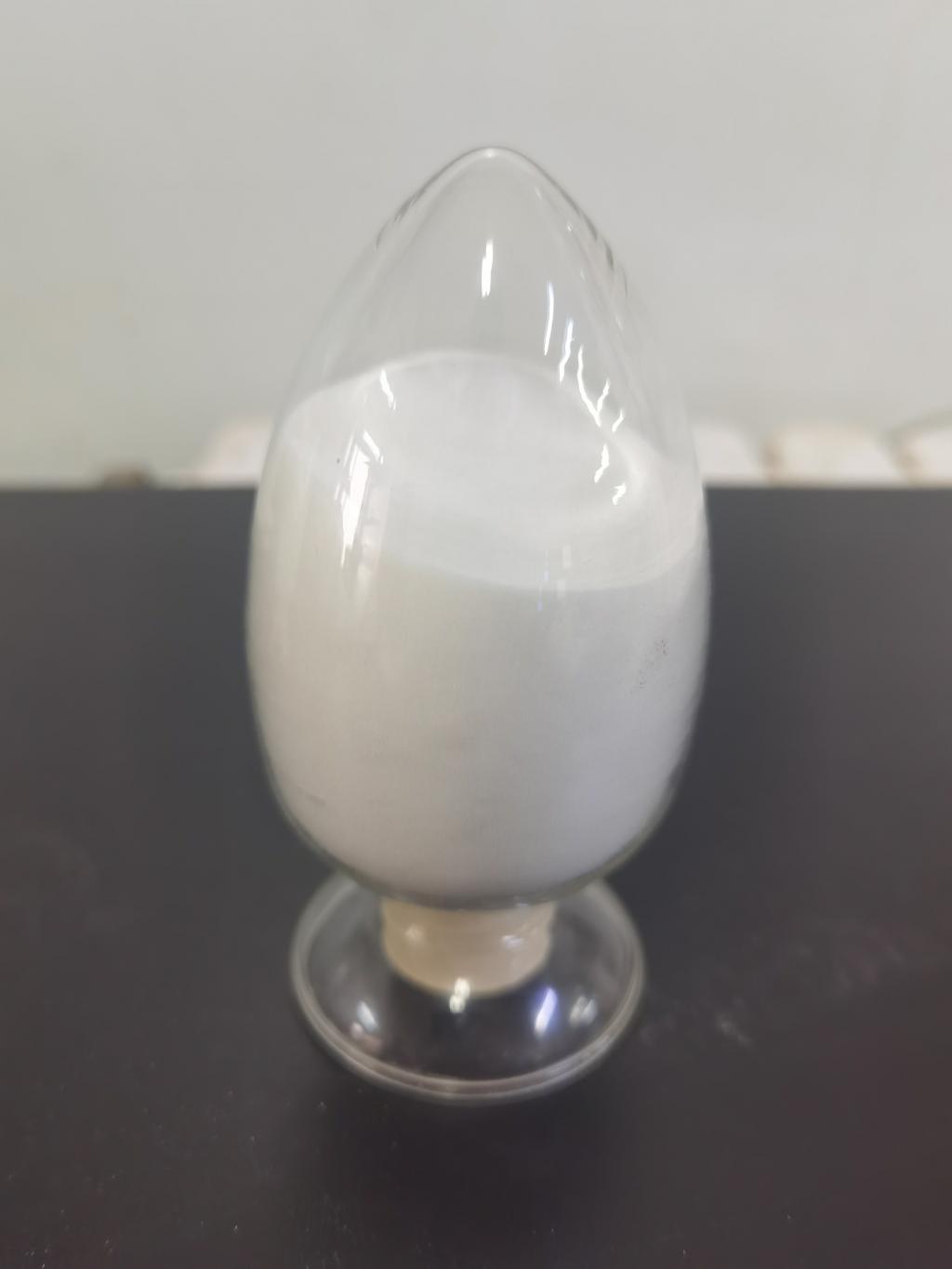Tel:0086 18231198596

News
ε-Polylysine Hydrochloride and the Circular Economy: A Sustainable Model for Preservation
TIME:2023-12-20
I. The Circular Economy Paradigm:
Principles of the Circular Economy:
Minimizing Waste: The circular economy aims to minimize waste by promoting the continual use and reuse of resources, emphasizing recycling, and reducing environmental impact.
Closing Resource Loops: Rather than following a linear "take, make, dispose" model, the circular economy seeks to close resource loops, creating a more sustainable and regenerative system.
Challenges in the Linear Food System:
Waste Generation: The conventional linear food system is characterized by significant waste generation, from production to consumption, contributing to environmental degradation and resource depletion.
Energy Intensity: The linear model often involves energy-intensive processes for production, packaging, and transportation, further exacerbating the ecological footprint of the food industry.
II. ε-Polylysine Hydrochloride: A Sustainable Preservative:
Origins and Environmental Compatibility:
Natural Fermentation: ε-Polylysine hydrochloride is derived through natural bacterial fermentation, aligning with the principles of sustainability by utilizing a biological process.
Biodegradability: The compound is biodegradable, meaning it can be broken down naturally by microorganisms, minimizing its environmental impact compared to some synthetic preservatives.
Applications in Food Preservation:
Extending Shelf Life: ε-Polylysine hydrochloride serves as an effective preservative, extending the shelf life of various food products, thereby reducing the likelihood of premature disposal and waste.
Clean-Label Appeal: Its natural origin and minimal impact on flavor and texture contribute to the clean-label appeal, meeting consumer preferences for transparent and natural ingredients.
III. Circular Economy in Food Preservation:
Waste Reduction in Production:
Efficient Resource Use: The use of ε-Polylysine hydrochloride allows for more efficient resource use in food production, as it helps prevent spoilage and waste during processing and storage.
Optimizing Formulations: Manufacturers can optimize formulations with ε-Polylysine hydrochloride, ensuring that the right amount is used to achieve preservation goals without excess, contributing to resource efficiency.
Extended Shelf Life and Reduced Food Waste:
Preserving Freshness: By preventing microbial spoilage, ε-Polylysine hydrochloride extends the shelf life of food products, reducing the need for premature disposal and lowering overall food waste.
Economic and Environmental Impact: The economic and environmental benefits of extending the shelf life of products align with the circular economy's goals of resource optimization and waste reduction.
IV. Challenges and Considerations:
Consumer Education and Acceptance:
Transparent Labeling: Communicating the use of ε-Polylysine hydrochloride on product labels transparently is crucial for consumer acceptance and aligns with the circular economy's emphasis on transparency.
Educational Initiatives: Proactive educational efforts can inform consumers about the role of ε-Polylysine hydrochloride in sustainable preservation, dispelling potential misconceptions and fostering understanding.
Regulatory Compliance and Standards:
Global Alignment: Navigating regulatory standards globally ensures that the use of ε-Polylysine hydrochloride complies with established safety guidelines, fostering international acceptance and adoption.
Sustainable Certification: Manufacturers adhering to sustainable practices, including the use of ε-Polylysine hydrochloride, may seek certifications that emphasize their commitment to circular economy principles.
V. Circular Approaches Beyond Preservation:
Packaging Innovation:
Bio-Based Packaging: Exploring synergies with bio-based and compostable packaging materials complements the circular economy model, creating a holistic approach to sustainable food preservation.
Reducing Single-Use Plastics: Integrating ε-Polylysine hydrochloride with innovative packaging solutions contributes to reducing reliance on single-use plastics, aligning with circular economy principles.
Waste Valorization and Resource Recovery:
Biowaste Utilization: Utilizing ε-Polylysine hydrochloride in the preservation of products made from food processing by-products contributes to the circular economy by valorizing biowaste.
Nutrient Recovery: Extracting valuable nutrients from food waste treated with ε-Polylysine hydrochloride for reuse in agriculture or other applications represents a circular approach to resource recovery.
VI. Future Perspectives and Innovations:
Collaborative Industry Initiatives:
Cross-Sector Collaborations: Collaborative efforts between the food industry, research institutions, and waste management sectors can drive innovations that foster a circular economy in food preservation.
Knowledge Sharing: Sharing best practices and success stories regarding the use of ε-Polylysine hydrochloride and other sustainable practices can inspire broader industry adoption.
Technological Advancements:
Smart Packaging: Integrating smart packaging technologies that interact with ε-Polylysine hydrochloride to monitor product freshness and quality supports the circular economy's focus on resource optimization.
Precision Preservation: Advancements in precision preservation technologies can enhance the effectiveness of ε-Polylysine hydrochloride, reducing the amount needed and further optimizing resource use.
VII. Conclusion:
ε-Polylysine hydrochloride's integration into food preservation aligns with the principles of the circular economy, offering a sustainable model that minimizes waste, optimizes resource use, and contributes to a regenerative system. As the food industry embraces a more holistic approach to sustainability, ε-Polylysine hydrochloride stands as a key player in promoting circular economy principles within the preservation landscape. From waste reduction in production to the extension of shelf life and innovative packaging solutions, the circular economy benefits from the versatile applications of ε-Polylysine hydrochloride. With ongoing research, collaborative initiatives, and a commitment to consumer education, the future holds exciting possibilities for the continued integration of ε-Polylysine hydrochloride into a circular economy model for food preservation.

 CONTACT
CONTACT




